-
Doctors
-
Specialities & Treatments
Centre of Excellence
Specialties
Treatments and Procedures
Hospitals & Directions HyderabadCARE Hospitals, Banjara Hills CARE Outpatient Centre, Banjara Hills CARE Hospitals, HITEC City CARE Hospitals, Nampally Gurunanak CARE Hospitals, Musheerabad CARE Hospitals Outpatient Centre, HITEC City CARE Hospitals, Malakpet
HyderabadCARE Hospitals, Banjara Hills CARE Outpatient Centre, Banjara Hills CARE Hospitals, HITEC City CARE Hospitals, Nampally Gurunanak CARE Hospitals, Musheerabad CARE Hospitals Outpatient Centre, HITEC City CARE Hospitals, Malakpet Raipur
Raipur
 Bhubaneswar
Bhubaneswar Visakhapatnam
Visakhapatnam
 Nagpur
Nagpur
 Indore
Indore
 Chh. Sambhajinagar
Chh. SambhajinagarClinics & Medical Centers
Book an AppointmentContact Us
Online Lab Reports
Book an Appointment
Consult Super-Specialist Doctors at CARE Hospitals
Brain Haemorrhage: Symptoms, Causes, Treatment and Prevention
Updated on 18 November 2024
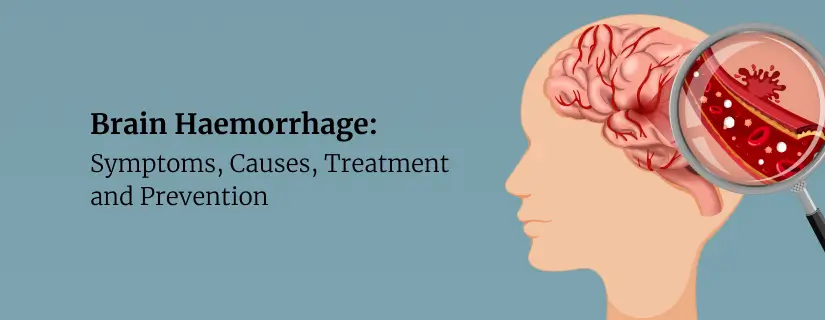
A brain haemorrhage can happen to anyone at any time. This serious medical condition occurs when blood vessels in the brain rupture, causing bleeding inside the skull. Brain haemorrhage is a life-threatening emergency that requires immediate medical attention. It can impact a patient's quality of life. Thus, it is crucial to understand brain haemorrhage causes, symptoms, and available treatments.
Let's explore the different types of brain haemorrhage disease and shed light on the attributes that can lead to this condition. We'll discuss the warning signs to watch out for and explain how doctors diagnose and treat brain haemorrhages.
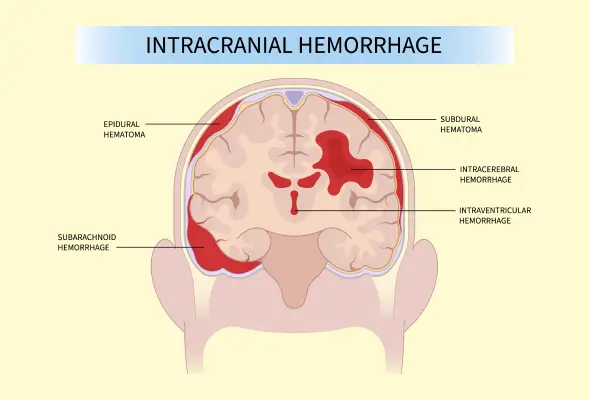
What is a Brain Haemorrhage?
A brain haemorrhage disease, also known as an intracranial haemorrhage or brain bleed, occurs when blood vessels in the brain rupture, causing bleeding inside the skull. This serious medical condition prevents oxygen from reaching the brain tissues, leading to potentially life-threatening consequences.
There are several types of brain haemorrhages, each occurring in different locations:
- Epidural Bleed: Happens between the skull bone and the outermost membrane layer (dura mater).
- Subdural Bleed: Develops between the dura mater and the arachnoid membrane.
- Subarachnoid Bleed: Takes place between the arachnoid membrane and the pia mater.
- Intracerebral Haemorrhage: Bleeding within the brain tissue itself, affecting the lobes, brainstem, or cerebellum.
- Intraventricular Haemorrhage: Bleeding in the brain's ventricles, where cerebrospinal fluid is produced.
Causes of Brain Haemorrhage
Brain haemorrhages can result from various factors, including:
- Head trauma is the primary cause of brain bleeds in individuals under 50 years old. Severe injuries to the head can result in a traumatic subarachnoid haemorrhage, which is distinct from other types of brain haemorrhages.
- High blood pressure is another significant factor that can weaken blood vessel walls over time. If left untreated, this condition can become a major preventable cause of brain haemorrhages.
- Excessive alcohol consumption and smoking have been identified as risk factors that can contribute to brain aneurysms.
- Aneurysms can burst and cause bleeding in the brain. This can lead to a stroke.
- Some people may be born with weakened blood vessels in and around the brain, known as arteriovenous malformations (AVMs).
- Amyloid angiopathy, an irregularity in blood vessel walls often associated with ageing and high blood pressure, can cause small, undetected bleeds before resulting in a larger haemorrhage.
- Haemophilia, sickle cell anaemia and other blood disorders can increase the risk of brain bleeds due to lower levels of platelets and reduced clotting ability.
Other factors that can contribute to brain haemorrhages include:
- Liver disease
- Brain tumours
- Anticoagulant and antithrombotic medications can increase the risk of brain haemorrhages, especially in older populations.
Symptoms of Brain Haemorrhage
Brain haemorrhage symptoms can vary and depend on the location and severity of the bleeding. These may include:
- The most frequent sign is a sudden, severe headache, often described as a "thunderclap" headache.
- This intense pain can last from one to five minutes and may indicate a serious underlying condition.
- Weakness, numbness, or tingling, particularly on one side of the body
- Nausea and vomiting are also frequent, especially in cases of cerebellar haematoma, which can raise intracranial pressure.
- Confusion, dizziness, or trouble with balance and coordination
- A drooping eyelid or vision problems, such as double vision or sensitivity to light
- Difficulty speaking, understanding others, or swallowing
- Tremors, difficulty writing, or loss of fine motor skills
- Breathing difficulties and an abnormal heart rate
- In more severe cases, seizures, decreased alertness, or even loss of consciousness may happen.
Brain Haemorrhage Diagnosis
Doctors conduct a thorough physical examination and neurological assessment when a patient presents with manifestations suggestive of a brain bleed.
- Physical Examination & Medical History: The neurologist will check for neurological symptoms such as weakness, vision problems, or difficulty speaking. The doctors will also review the patient's medical history, including any head injuries or risk factors like hypertension.
- Computed Tomography (CT) Scan: CT scans are particularly effective in identifying acute haemorrhages and can reveal the location, extent & sometimes the cause of the bleeding.
- Magnetic Resonance Imaging (MRI): MRI can detect subtle bleeding that might not be visible on a CT scan. This is especially useful in chronic bleeding or small bleeds, known as microbleeds.
In certain situations, additional tests may be necessary. These can include:
- Cerebral Angiography: This procedure involves inserting a catheter into an artery and threading it to the brain to inject dye and obtain detailed X-ray images of blood vessels.
- Lumbar Puncture: If initial imaging doesn't show bleeding but suspicion remains high, doctors may perform a spinal tap to look for the blood in the cerebrospinal fluid.
- Electroencephalogram (EEG): This test can help detect seizures associated with brain haemorrhages.
- Blood Tests: These can help identify underlying conditions contributing to the haemorrhage.
Treatment for Brain Haemorrhage
The treatment for brain haemorrhage depends on the severity and location of the bleeding.
- Medications:
- Blood pressure medication
- Pain relieving medicine
- Anticonvulsants
- Antiemetics
- Surgery: In some cases, immediate surgery may be necessary to prevent life-threatening complications. In cases where an aneurysm causes the bleeding, two main surgical techniques are used:
- Coiling: This surgical procedure involves inserting tiny platinum coils into the aneurysm through a catheter, sealing it off from the main artery.
- Clipping: This surgical procedure requires a craniotomy, where a small metal clip is placed at the aneurysm's base to prevent further bleeding.
When to See a Doctor
It's crucial to seek expert help promptly if:
- If you suspect that you or someone else might be experiencing a brain haemorrhage
- If a loved one has experienced a head injury or blow to the head
- If you notice any sudden onset of symptoms such as a severe headache, confusion, numbness, or weakness
Prevention
Preventing brain haemorrhage involves managing risk factors and adopting a healthy lifestyle. These involve:
- Control High Blood Pressure: This can be achieved by:
- Regular check-ups and following prescribed medications
- A diet which is low in salt, saturated fats, and cholesterol
- Regular exercise
- Quitting Smoking: Tobacco use can weaken blood vessel walls and increase the likelihood of aneurysms.
- Moderating Alcohol Consumption: Excessive drinking can lead to liver disease and affect blood clotting, increasing the risk of brain bleeds.
- Diabetes Management: High blood sugar can damage blood vessels over time, making them more susceptible to rupture.
- Preventing Head Injuries: Wearing seatbelts while driving, using helmets during activities like cycling or skateboarding, and avoiding contact sports can significantly lower the risk of head trauma.
- Blood-thinning Medications: Follow your doctor's instructions carefully regarding blood thinning medicines and have regular check-ups to ensure your blood levels are within the correct range.
Conclusion
Brain haemorrhages are serious medical conditions that require immediate attention and proper understanding. This article has explored the various aspects of brain haemorrhages, from their causes and symptoms to diagnosis and brain haemorrhage treatment options. By understanding the risk factors and warning signs, individuals can take proactive steps to lower their chances of experiencing this life-threatening condition and seek help promptly when needed.
FAQs
1. Can brain haemorrhage be cured?
Brain haemorrhage is a serious condition that requires immediate medical attention. While it's not always possible to completely cure a brain haemorrhage, prompt haemorrhage in brain treatment can significantly improve outcomes.
2. Can a person survive a brain haemorrhage?
Yes, it's possible to survive a brain haemorrhage, but the outlook varies depending on several factors. The severity of the bleed, its location, the speed of treatment, and the patient's overall health all play a role in survival rates. Many people with proper care and rehabilitation can often regain lost functions.
3. Is a brain haemorrhage painful?
One of the most common symptoms of a brain haemorrhage is a sudden, severe headache, often reported as the worst headache of one's life. However, not all brain haemorrhages cause pain; some people may experience other brain haemorrhage signs and symptoms without a headache.
4. How to avoid brain haemorrhage?
While it's not always possible to prevent a brain haemorrhage, there are several steps you can take to reduce your risk:
- Control high blood pressure, which is a leading cause of brain bleeds.
- Quit smoking and moderate alcohol consumption.
- Maintain a healthy diet and exercise regularly.
- Wear protective gear during activities that could result in head injuries.
- If you're on blood-thinning medications, follow your doctor's instructions carefully.
- Manage conditions like diabetes that can increase your risk.
- Consider corrective surgery if you have known brain aneurysms or other vascular abnormalities.
ENQUIRY FORM
SELECT CATEGORIES
-
Neurosciences (16)
-
Neurology (37)
-
Neurosurgery (14)
-
Orthopaedics (48)
-
Oncology (33)
-
Obstetrics and gynecology (51)
-
Pulmonology (23)
-
Urology (20)
-
Nephrology (13)
-
Psychiatry (7)
-
Dietetics and Nutrition (111)
-
General Medicine (63)
-
Cardiac Sciences (30)
-
Vascular & Endovascular Surgery and Interventional Radiology (10)
-
Gastroenterology (46)
-
Endocrinology (23)
-
Plastic Surgery (10)
-
Critical Care Medicine (5)
-
COVID-19 (16)
-
Dermatology (16)
-
Emergency Care (1)
-
Ophthalmology (4)
-
Pediatrics (14)
-
Laparoscopic and Bariatric Surgery (8)
-
ENT (15)
-
Kidney Transplant (1)
-
Liver Transplantation and Hepatobiliary Surgery (5)
-
General Surgery (3)
-
Internal Medicine (5)
-
Medicine Information
Chronic Headaches: Symptoms, Causes and Treatment
Headache Behind Eye: Causes, Diagnosis and Treatment
YOU MAY ALSO LIKE
RECENT BLOGS
-

Direct Anterior Approach in Total Hip Replacement: Advantages and Challenges
10 April 2025
Read More
-

Zinc Deficiency: Signs and Symptoms, Causes, Treatment
9 April 2025
Read More
-

Chest Pain When Coughing: Causes, Treatment and Home Remedies
9 April 2025
Read More
-

12 Health Benefits of Eating Mushrooms
8 April 2025
Read More
-

7 Health Benefits of Blood Donation You Should Know About
8 April 2025
Read More
-

Implantation Bleeding Vs Periods: Know the Difference
28 February 2025
Read More
-

Bloating During Ovulation: Symptoms, Causes and Remedies
28 February 2025
Read More
-

Itching During Dengue: Causes, Treatment and Home Remedies
18 February 2025
Read More
Have a Question?
If you cannot find answers to your queries, please fill out the enquiry form or call the number below. We will contact you shortly.






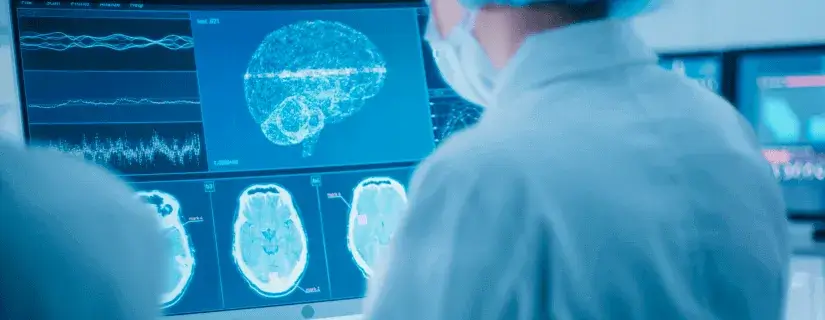
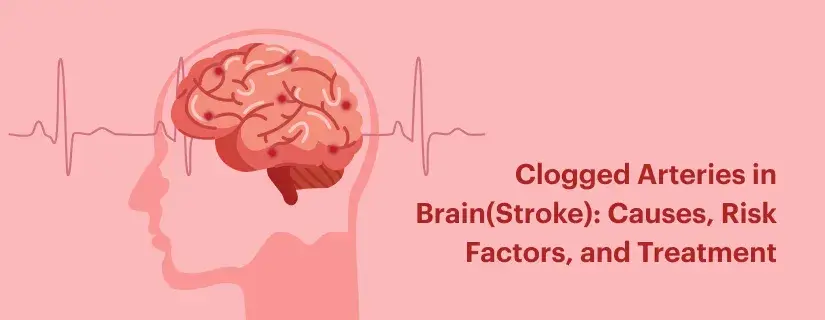


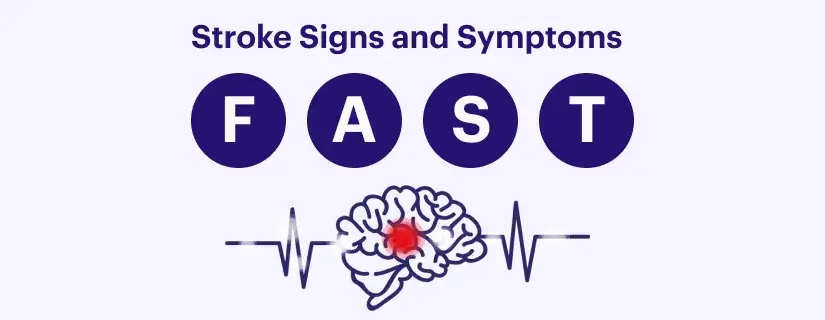
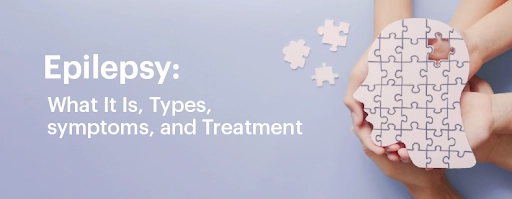
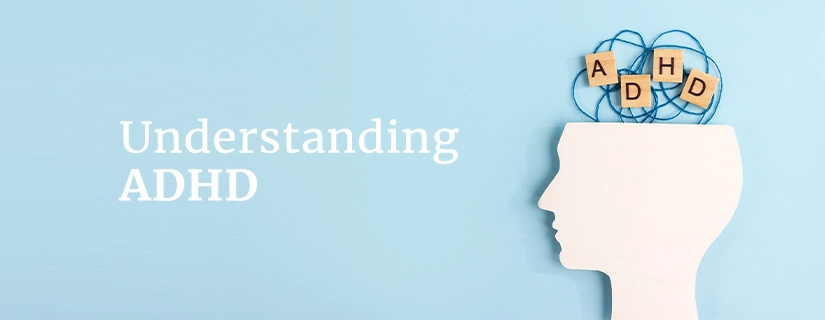






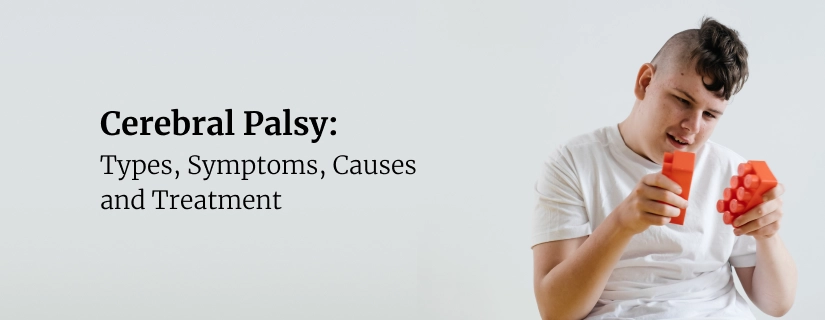



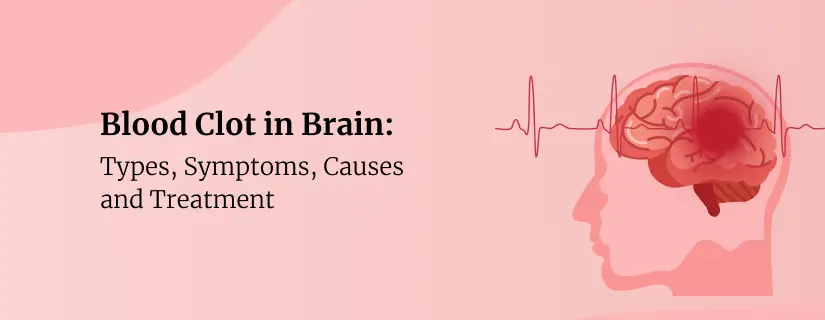




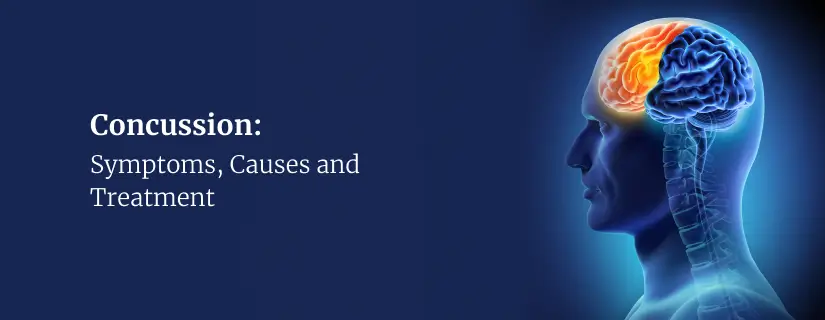


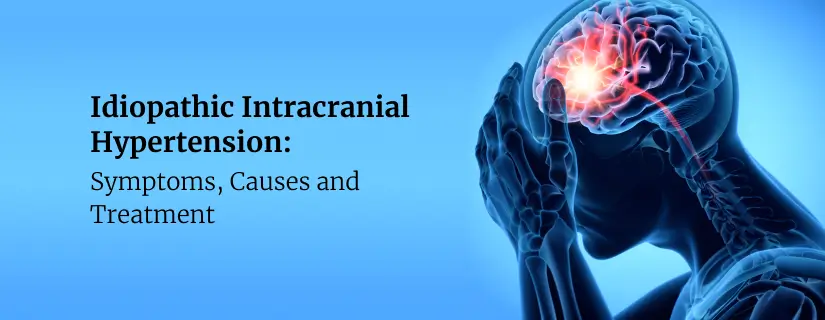




.webp)